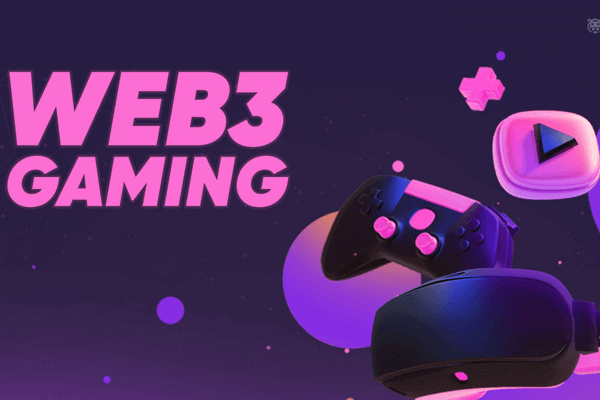Quantifying the Scale of the Player-Owned Economy

The current and projected Web3 Gaming Market Size reflects one of the most explosive growth stories in the modern digital economy. Measuring this market requires looking beyond traditional metrics like game sales, as its value is distributed across a much wider ecosystem. The size is typically quantified by a combination of key indicators: the total trading volume of gaming-related NFTs on secondary markets, the aggregate market capitalization of utility tokens associated with gaming projects, and the equity valuations of the private and public companies building in the space. When combined, these figures paint a picture of a multi-billion-dollar industry that, while still in its early stages, is already commanding a significant share of investment and user attention. This rapid scaling demonstrates a powerful market validation of the core principles of decentralization and player ownership in interactive entertainment.
Comparing the Web3 gaming market to the broader traditional gaming industry provides critical context for its current size and future potential. The global video game market is valued in the hundreds of billions of dollars, making it larger than the film and music industries combined. At present, Web3 gaming represents only a small fraction of this total. However, its growth rate is significantly outpacing that of the traditional market. This suggests a massive, untapped opportunity to convert a portion of the world's 3 billion gamers to Web3 platforms. The key to unlocking this potential lies in creating experiences that are not only economically rewarding but are also genuinely fun and accessible. As more Web3 games achieve the quality and polish of their Web2 counterparts, the rate of market share capture is expected to accelerate dramatically, pushing the overall market size to new heights.
Several factors are poised to contribute to a significant expansion of the market size in the coming years. The growth of mobile Web3 gaming will be a major catalyst, as it will open up the ecosystem to a massive global audience that primarily games on smartphones. Furthermore, the increasing integration of major brands and intellectual properties from sports, entertainment, and fashion will bring in new waves of mainstream users and add immense cultural and financial value to these virtual worlds. As the technology matures and the user experience becomes more seamless, the distinction between "Web2" and "Web3" gaming will begin to blur. Ultimately, the features of asset ownership and player-centric economies will become standard expectations, integrating into the fabric of gaming and propelling the market to a scale that rivals, and may one day surpass, its centralized predecessor.
- Art
- Causes
- Crafts
- Dance
- Drinks
- Film
- Fitness
- Food
- الألعاب
- Gardening
- Health
- الرئيسية
- Literature
- Music
- Networking
- أخرى
- Party
- Religion
- Shopping
- Sports
- Theater
- Wellness
